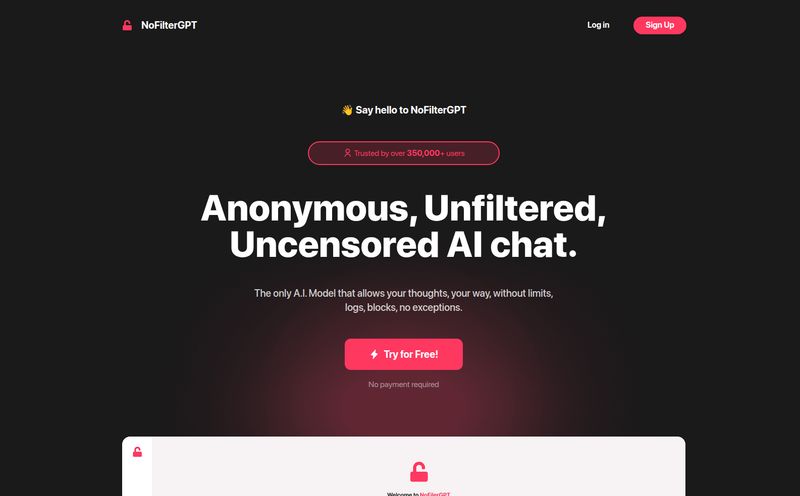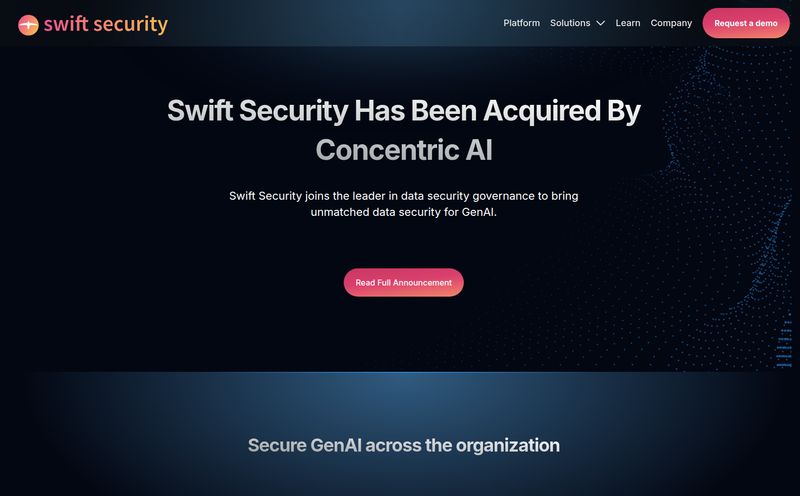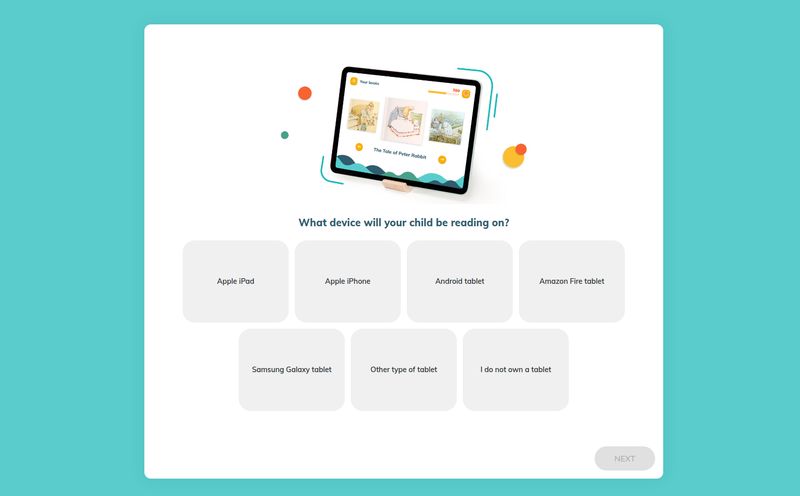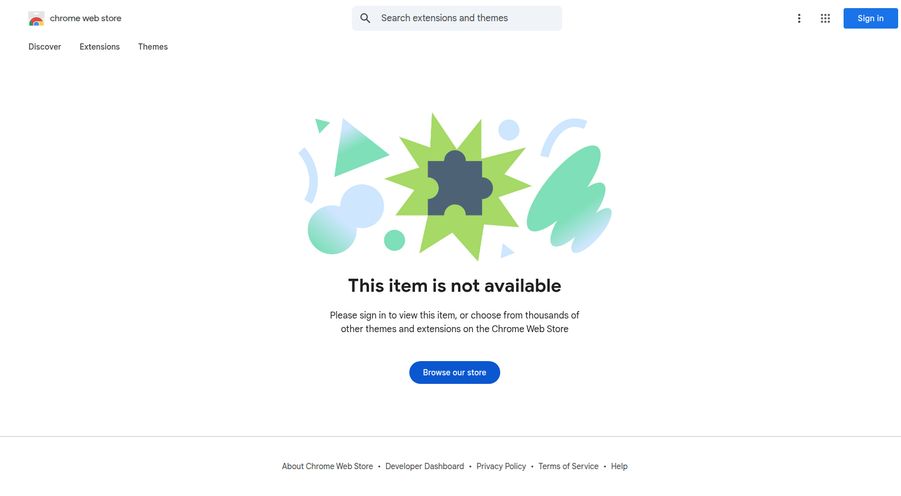If you're in the content, marketing, or research game, your browser probably looks a lot like mine used to: a chaotic mess of 37 tabs, a half-finished Google Doc, a PDF report you’re meant to be summarizing, and a ChatGPT window that’s about one query away from giving you a generic, soulless answer. It’s a grind. We’re all drowning in information, trying to create something, anything, original and insightful from the digital noise.
For years, I've been on the hunt for a tool that doesn’t just add another tab to my mess but actually helps me clean it up. I’ve tried dozens of AI wrappers and so-called “productivity enhancers.” Most of them are just lipstick on a pig—a slightly different interface for the same old GPT-3.5 API. But then I stumbled upon Bearly. And I'm not gonna lie, my initial skepticism started to fade pretty quickly. It felt… different. More cohesive. More thoughtful. And most importantly, more private.
So, I’ve been kicking the tires on Bearly for a while now, integrating it into my daily SEO and content workflow. This isn’t a sponsored post or some fluff piece. This is my honest-to-goodness breakdown of whether Bearly is the real deal or just another flash in the AI pan.
So What is Bearly, Really? Beyond the Marketing Hype
On the surface, Bearly calls itself an AI tool to help you read, write, and learn faster. Cute. But what does that actually mean? In my experience, it's less of a single tool and more of an AI Swiss Army knife that lives right on your desktop. Think of it as a central hub for your AI-powered tasks. It’s a research assistant, a copyeditor, a transcriber, and a brainstorming partner all rolled into one clean interface.
Instead of having five different apps and subscriptions, the idea is to bring it all under one roof. It connects to powerful models like OpenAI's GPT-4 and Anthropic's Claude, but it adds its own unique layers of functionality and—crucially—privacy on top. We'll get to that privacy bit in a minute, because it's a huge deal.
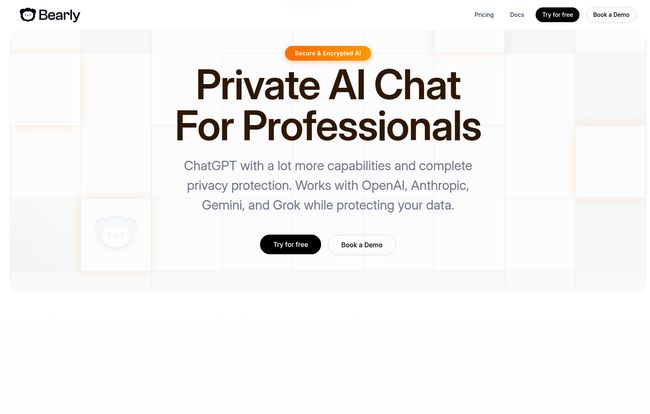
Visit Bearly
The All-in-One Suite: A Look Under the Hood
This is where Bearly starts to flex. It’s not just a chatbot. The integration of different capabilities is what makes it stand out from the crowd.
More Than Just One Brain: Multi-Model Access
One of the first things that got my attention is that you aren’t locked into one AI model. You can switch between different models from OpenAI, Anthropic, and others. Why does this matter? Well, if you’ve spent any time with AI, you know that different models have different strengths. GPT-4 might be a creative genius for writing ad copy, while Claude 3 Opus is an absolute monster at summarizing dense, technical documents with incredible accuracy.
Having access to multiple models is like having a team of specialists. You pick the right brain for the job. Some folks might argue that this means Bearly is just relying on other companies for its core intelligence, and that's true. But I see it as a strength. They focus on building the best possible car, and they let the best engine makers in the world compete to power it. It's a smart trade-off.
Talking to Your Documents (This is a Big Deal)
Okay, this feature alone is almost worth the price of admission for me. Bearly lets you upload documents—PDFs, Word docs, you name it—and chat with them directly. I can't tell you how many hours I’ve wasted manually CTRL+F-ing my way through 50-page client reports or academic studies to find that one specific statistic I need. It’s soul-crushing work.
Now, I just drop the PDF into a Bearly 'Collection,' and I can ask it questions like, "What are the top three pain points mentioned by customers in section four?" or "Summarize the methodology of this study in 300 words." It pulls the information, provides citations, and saves me an incredible amount of time. For anyone in research, law, or even an SEO professional breaking down competitor site audits, this is a game-changer.
From Audio to Text in a Snap
As a blogger and consultant, I do a lot of interviews and client calls. Transcribing them used to be a major bottleneck. I’d either have to pay for a service like Otter.ai or spend hours doing it myself. Bearly has transcription built right in. You can drop in an audio or video file, and it spits out a pretty darn accurate transcript. I've used it to turn podcast interviews into blog posts and to get written records of client feedback. It’s fast, convenient, and the cost is just part of your monthly credit usage, which often works out better than a separate subscription.
Privacy First: Is Your Data Actually Safe?
Let's talk about the elephant in the room with AI: privacy. We've all heard the horror stories. People pasting sensitive company code or confidential client information into a public chatbot, only for that data to be hoovered up for training the next model. It's a legitimate fear, and it's kept many professionals from fully embracing AI.
This is where Bearly hangs its hat. Their whole marketing push is around being a private AI chat for professionals. They tout things like:
- Zero Logging Policy: They state your conversations are never stored on their servers.
- End-to-End Encryption: Your data is encrypted in transit and at rest.
- Query Anonymization: Your requests are processed in a way that can’t be linked back to you.
For me, this is the clincher. It means I can work on a confidential content strategy for a major client, brainstorm sensitive marketing angles, or summarize a proprietary report without the nagging fear that I’m leaking intellectual property. That peace of mind is invaluable, and it’s something you just don’t get from most mainstream tools.
Let's Talk Money: The Bearly Pricing Breakdown
So, what's all this going to cost you? The pricing model is based on credits, which you use for different actions (e.g., generating text, summarizing a document, transcribing audio). It seems complicated at first, but it's pretty straightforward once you get the hang of it.
Here’s a quick look at their tiers:
| Plan | Price | Key Features |
|---|---|---|
| Free | $0 / month | 500 monthly credits, Web Search via DuckDuckGo, 5 images. Perfect for testing the waters. |
| Pro | $20 / month | 20,000 monthly credits, Google web search, Document Collections, ~750 images, ~3,200 mins of audio transcription. |
| Analyst | $60 / month | 60,000 monthly credits, more document collections, ~2250 images, ~9,600 mins of transcription. For power users and small teams. |
| Enterprise | Custom | Custom credits, API access, dedicated support, SSO. For the big leagues. |
In my opinion, the Pro plan at $20/month is the sweet spot for most serious users. It gives you enough credits to really integrate Bearly into your workflow without breaking the bank. When you consider that a ChatGPT Plus subscription is the same price and doesn't offer the document analysis, privacy features, or multi-model access, Bearly's value proposition becomes pretty clear.
The Little Things That Make a Difference
Beyond the headline features, a few other things have made my experience with Bearly a positive one. The Prompt Marketplace is a nice touch. Not everyone is a natural-born prompt engineer, and having a library of 50+ pre-built prompts for tasks like creating social media posts or rewriting text in a different tone is a fantastic time-saver.
Also, its cross-platform availability is a big win. It works on Mac, Windows, Linux, iOS, and even has a Chrome extension. I'm constantly switching between my MacBook for writing and my Windows PC for certain SEO tasks, so having a consistent tool that works everywhere is just chef's kiss.
The Not-So-Great Stuff (Let's Be Honest)
No tool is perfect, and Bearly is no exception. It's only fair to point out a couple of things that could be better.
The credit system, while fair, can be a little opaque at first. You're not always sure how many credits a complex query or a long transcription will use. A little more transparency there would be welcome. Also, the fact that some of the most powerful features, like extensive document collections, are locked behind the paid tiers might be a turn-off for some. But hey, they have to make money somehow, and the free tier is more than generous enough for a proper test drive.
Conclusion: Is Bearly Worth Your Time and Money?
So, what’s the final verdict? For me, it's a resounding yes. Bearly has successfully replaced at least three other tools in my workflow. It's become my go-to for brainstorming, summarizing research, and drafting content. The combination of multi-model access, powerful document interaction, and, most importantly, a genuine commitment to privacy makes it a standout product in a very crowded market.
If you're a casual user who just wants to ask an AI for a dinner recipe, you probably don't need it. But if you're a researcher, writer, student, marketer, or any profesional who deals with a high volume of text and values data security, I think you'll be seriously impressed. It’s earned a permanent spot in my Mac's dock, and that's the highest praise I can give.
Frequently Asked Questions
What is Bearly AI used for?
Bearly is primarily used by professionals, researchers, and content creators to speed up tasks related to reading, writing, and learning. Its main uses include summarizing articles and documents, interacting with PDFs, transcribing audio/video, and generating content, all within a secure environment.
Is Bearly AI better than ChatGPT?
It's not really a question of better or worse, but different. Bearly actually uses models like ChatGPT (GPT-4) and others like Claude. Its advantage comes from its all-in-one suite of tools (document analysis, transcription), its privacy features (zero-logging), and the flexibility to choose the best AI model for a specific task, rather than being locked into one.
Is Bearly AI safe to use with sensitive data?
This is one of its main selling points. With a zero-logging policy, end-to-end encryption, and query anonymization, Bearly is designed to be a much safer option for sensitive or proprietary information compared to many public AI chatbots.
How does the Bearly credit system work?
You get a certain number of credits with your plan each month. Different actions consume credits at different rates. For instance, a simple query might use a few credits, while summarizing a long document with a powerful model like GPT-4 will use more. The Pro plan's 20,000 credits are generally sufficient for regular professional use.
Can I use Bearly for free?
Yes, Bearly offers a free tier that includes 500 monthly credits. It's a great way to try out the core features and see if it fits your workflow before committing to a paid plan.
What AI models does Bearly use?
Bearly provides access to a range of top-tier AI models from different providers, most notably from OpenAI (like GPT-4 and GPT-3.5) and Anthropic (like Claude 3 Opus and Sonnet). This allows users to select the model that best suits their needs.
